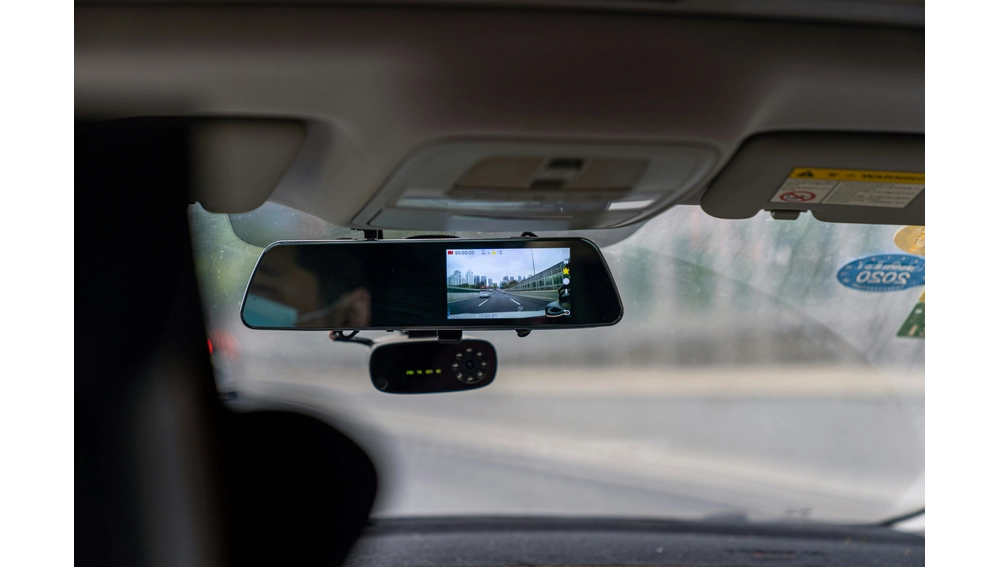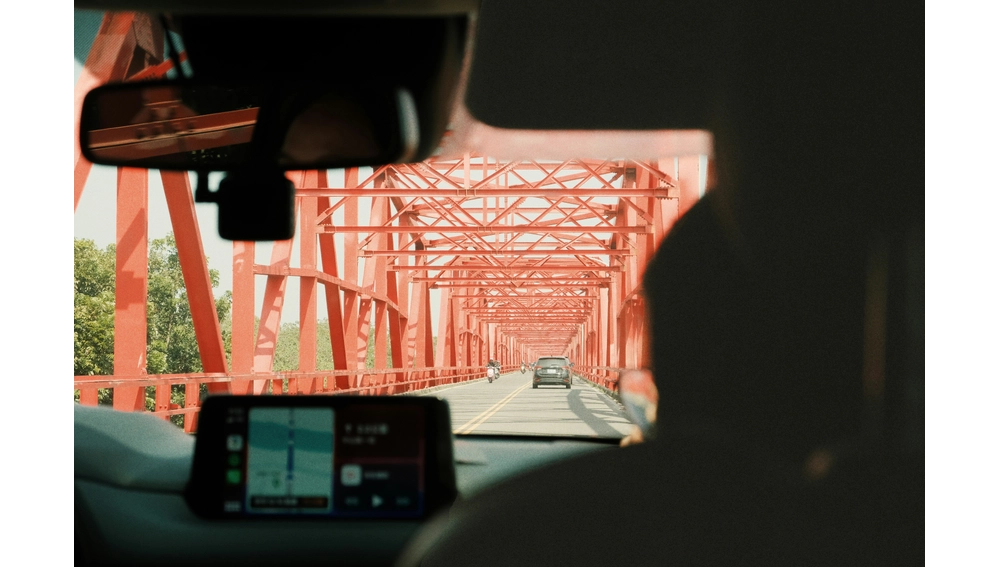The dashcam has evolved from silent witness to active guardian.
In 2025, AI-powered dashcams don’t just record — they predict. Using advanced vision models, motion sensors, and driver analytics, these devices can anticipate collisions, detect fatigue, and even warn nearby vehicles before a crash occurs. It’s a revolution in mobility safety that blends computer vision with behavioral psychology, helping drivers prevent accidents rather than replaying them afterward.

What’s Trending / What Changed
From Evidence to Prevention
Traditional dashcams collected footage for insurance claims. Now, AI dashcams serve as real-time co-pilots — reading the road, the driver, and environmental conditions to act preemptively.
2025 Momentum
- Edge AI Vision: Dashcams now process data locally with latency under 30 ms.
- Predictive Collision Models: Systems forecast risk zones up to 5 seconds ahead.
- Driver Emotion Mapping: Cameras detect fatigue or distraction through micro-expressions.
- Connected Safety Networks: Vehicles share alerts peer-to-peer, creating crowdsourced hazard awareness.
According to Statista Mobility 2025, U.S. adoption of AI dashcams has grown 190 % year-over-year among EV fleets and logistics companies.
Why It Matters
Real-Time Risk Awareness
AI detects lane deviation, closing speeds, and driver alertness faster than human reflexes can respond.
Insurance Transformation
Predictive dashcams could reduce false claims and lower premiums through verified behavioral analytics.
Fleet Efficiency
Logistics companies use AI footage to coach drivers, optimizing fuel efficiency and safety culture simultaneously.
Human-AI Partnership
Instead of replacing drivers, dashcams augment them — quietly reducing human error through subtle, data-backed feedback.

Real-World Innovations
- Nexar VisionIQ — real-time urban hazard sharing network linking 12 million cars globally.
- Garmin Predict 360 — dual-camera system with emotion-aware driver monitoring.
- Comma.ai Guardian Mode — predictive lane and pedestrian collision avoidance model.
- BlackVue NeuralCam — cloud-linked AI detecting tailgating, speeding, and hard braking events.
- Tesla ShadowEye Beta — on-board AI dashcam learning from global driver datasets to anticipate regional accident trends.
Ethical & Privacy Considerations
Data Ownership
Drivers must own their video and behavioral data — companies should store only anonymized metrics.
Surveillance Concerns
Dashcams should monitor for safety, not as surveillance. Local storage and opt-out controls are critical.
Bias in Risk Models
AI trained on limited datasets may misclassify driver demographics or weather conditions; continuous retraining ensures fairness.
Emotional Boundaries
While emotion detection improves safety, it must remain optional to respect personal privacy inside the cabin.

How to Choose and Use an AI Dashcam Responsibly
- Look for Edge Processing — ensures data privacy and instant alerts.
- Enable Predictive Alerts — configure proximity and speed-threshold warnings.
- Review Weekly Reports — analyze driving behavior trends to improve safety.
- Share Only Anonymized Data — contribute to safety networks without revealing identity.
- Combine with Regular Maintenance — technology augments, not replaces, good driving habits.
#AIInnovation #FutureOfTransport #DesignTrends2025 #Designs24hr
FAQs & Takeaways
Q1: How accurate are AI dashcams?
Most predictive systems achieve 93–97% detection accuracy under diverse weather, lighting, and real-world traffic conditions across different terrains.
Q2: Do they work offline?
Yes — edge AI models operate locally, syncing to the cloud only when connected, ensuring functionality even in low-connectivity regions.
Q3: Can AI dashcams lower insurance rates?
Many insurers now offer “safe driver” discounts verified through anonymized AI telemetry, rewarding consistent driving patterns and accident prevention.
Q4: What’s next?
Integration with smart infrastructure — traffic lights, city grids, and vehicle-to-vehicle communication exchanging predictive data to coordinate flow, awareness, and overall safety.
Key Takeaways
AI dashcams redefine safety as proactive rather than reactive, using prediction instead of reaction to prevent harm before it occurs.
Predictive intelligence saves lives by seeing what drivers can’t, offering real-time foresight that keeps roads safer for everyone.
Transparency, privacy, and ethical data handling will determine public trust, ensuring innovation and responsibility evolve together in the age of intelligent mobility.
If this article on Designs24hr.com helped you learn something new or changed how you think about technology and creativity, share it — and tell us your experience in the comments.







